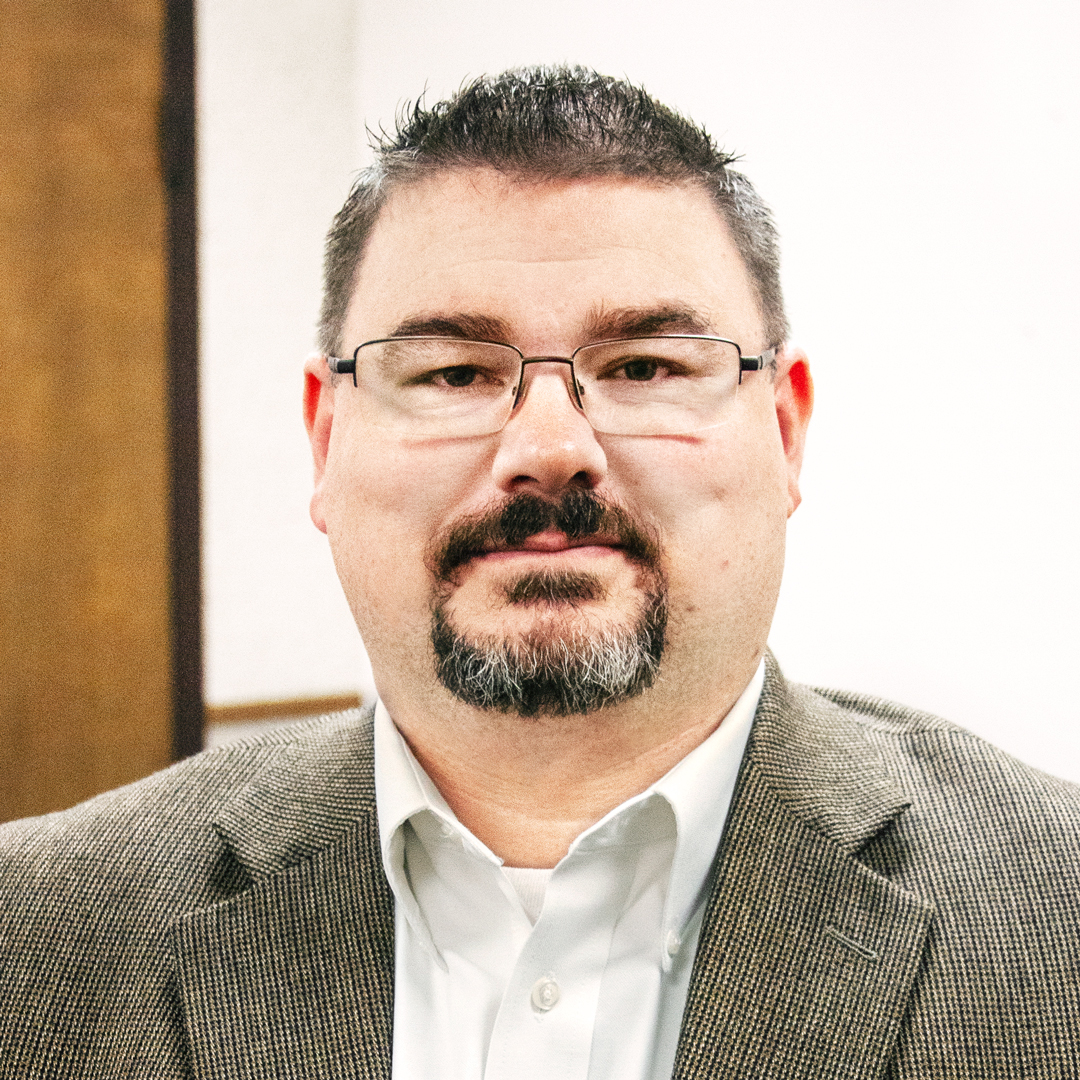Jamie Santagate’s colleagues don’t have to wait around for answers to their questions. As the senior vice president of Americas finance at Clarks, a UK-based footwear brand, he makes himself accessible and encourages people to talk through problems face to face.
“I’m definitely not one that just sits at my desk and emails things out. I get up and walk around. I think people appreciate that, when you walk by and have a conversation with them, and say ‘Hey, what’s going on?’ or ‘What can we do differently?’” Santagate says.

For him, frequent and personal communication is an essential ingredient in a culture of collaboration, which he’s worked hard to develop at Clarks. In his eyes, workplace collaboration means “aligning on goals to drive success and working together seamlessly.”
To boost collaboration (and therefore success) at Clarks, Santagate organizes alignment meetings, ensuring that his team forms a consensus around key performance indicators (KPIs). Teams are more likely to reach their goals, Santagate says, when each member is driving toward the same KPIs. Beyond taking a close look at metrics, Santagate seeks feedback from his colleagues on processes and how to improve them. His openness to feedback from coworkers at all levels helps him foster collaboration.
“I’ve enjoyed improving processes. Sometimes I make people’s jobs easier. I like being innovative and thinking differently and just throwing something out there,” he says.
Soliciting feedback and improving processes takes complexity out of the Clarks finance department—an overarching goal of Santagate’s. Instead of running super-dense reports every time they present to management, Santagate encourages his team to simplify and present only the most useful data. He also reduces complexity by saving time for himself and his charges, which is especially helpful given the lean staffing of the finance department at Clarks. At the same time, Santagate stresses that efficiency and simplicity does not mean squeezing more hours out of every employee.
“Even if someone works twelve or thirteen hours a day, that doesn’t mean they’re efficient,” he says. “Maybe they take longer to do something, or maybe they’re not doing it the best way possible.” When people in his department overextend themselves, he finds ways to improve processes or spread their workload around. Both are possible because of the collaborative, communicative culture Santagate helped design.
Thanks to their thoughtful processes and smooth communication, finance department employees can achieve a lot, in spite of their lean numbers. Right now, Santagate and his team are tackling a few critical initiatives, like weighing inventory against sales, and helping to capture more market share relative to Clarks’ competitors. Additionally, finance department leaders like Santagate have to present data to the Clarks board and senior leadership. Santagate takes his penchant for simplification and communication to lead the team in crafting a narrative out of the raw data.
“I’m not a big fan of just throwing a bunch of numbers on a page. We do that, but we have to create a storyline about it. What are the numbers telling us?” he says. By creating a narrative out of the statistics, the finance department empowers senior leadership and the board to make informed decisions.
As a department head, Santagate suffuses his team with structure, making each individual’s role clear so they can collaborate effectively and without duplicating efforts. Santagate delegates responsibilities and gives employees freedom to develop their own working styles rather than micromanaging.
“I’m very clear with expectations,” Santagate says. “I think my employees know what I need and what pushes my buttons.” On the other hand, giving employees autonomy also means holding them accountable, he notes.
“If we’re going to say we’re going to do X, then we need to deliver X,” he says. “In our job in finance, we need to minimize surprises, always looking at risks and opportunities.”
Santagate has a favorite tool for holding himself and others accountable: ninety-day plans. They help his teammates prioritize, he notes, and eliminate the possibility of competing priorities. He works from ninety-day plan to ninety-day plan himself, and sends out his plans to his colleagues to set expectations.
Establishing and communicating ninety-day plans, like Santagate’s open-door office policy, is another way of keeping roles and objectives clear throughout the finance department. Those shared objectives remain a pillar of collaboration—as does the cooperative team, which Santagate calls his favorite part of his job.
“I work with amazing people and feel a sense of accomplishment every day,” he says.
IAB Solutions is an accounts receivable outsourcing provider specializing in the recovery and management of customer deductions. With over 34 years of experience, IAB researches and recovers invalid deductions and provides solutions to identify and recover over-payments in trade spending / promotions. Performance based pricing guarantees that you only pay for results.

